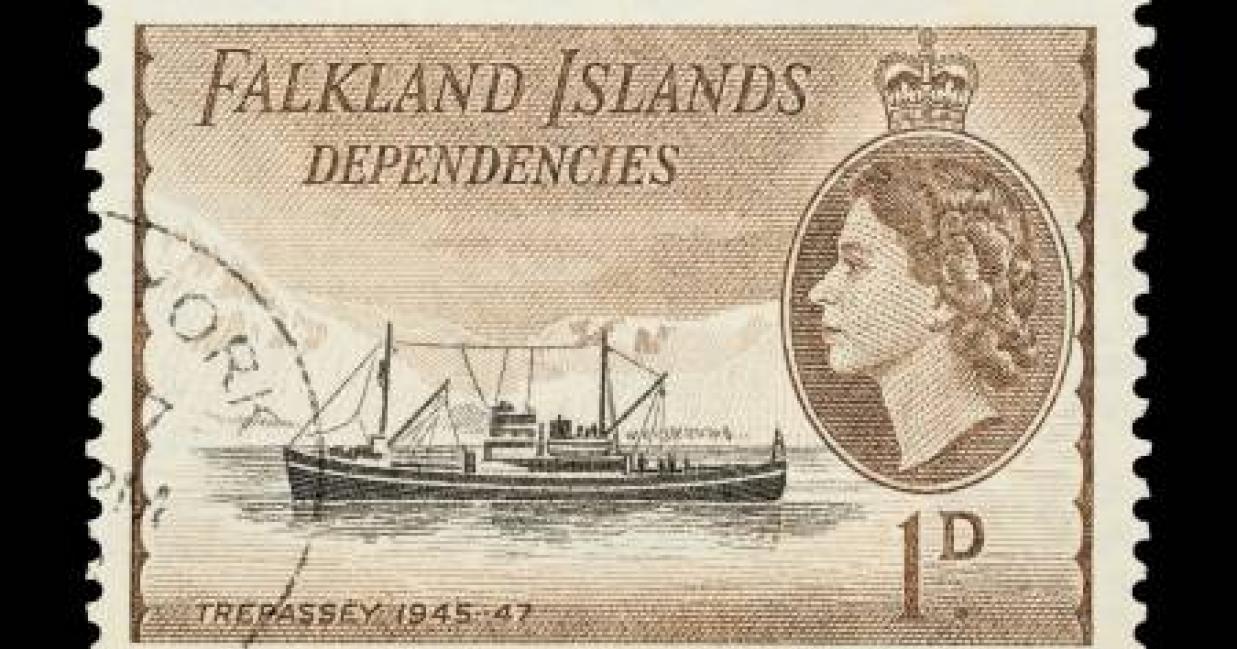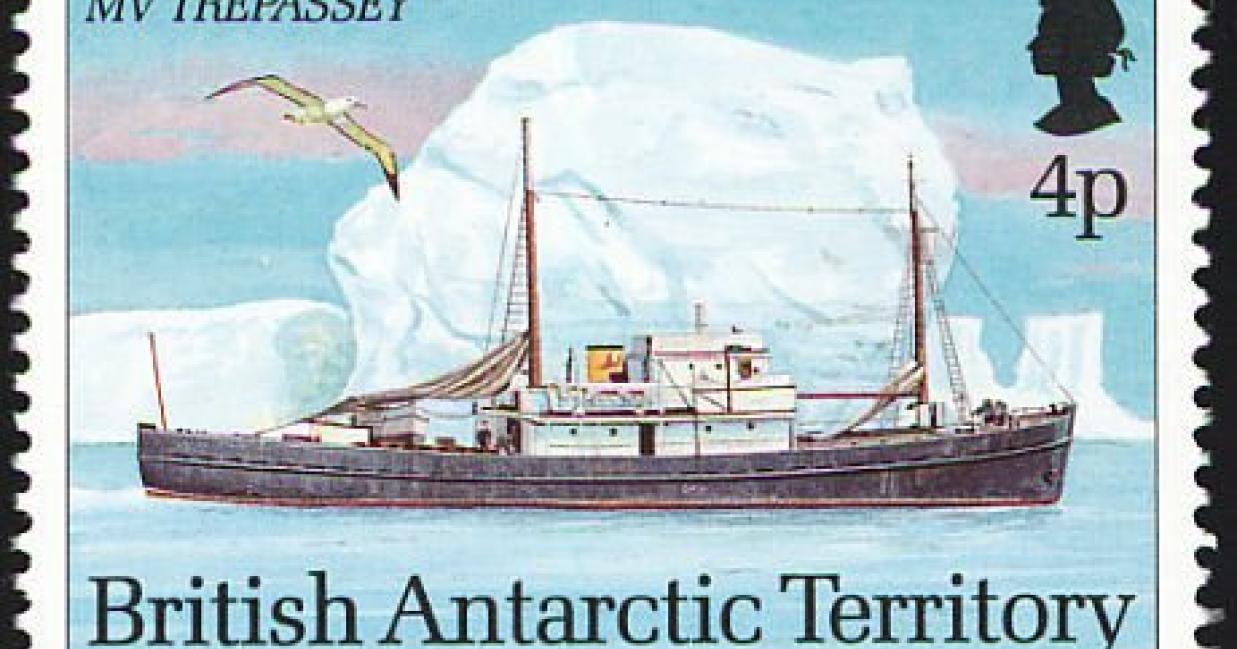Proud of our History - MV Trepassey
Marine Atlantic, its predecessor CN Marine, and pre-confederation Newfoundland coastal boats have a strong and proud history serving the people of Atlantic Canada through ferry terminals, passenger vessels and rail service. The following blog was submitted by Guest Blogger, Dr. George Burden
Guest Blog – Dr. George Burden
The MV Trepassey was a storied Newfoundland vessel built in the mid-1940s and has been featured on postage stamps of the British Antarctic Territories and Falkland Islands, is the namesake of a British Antarctic base, sailed into the flooded crater of an active volcano, and even gave its name to Trepassey Island in Antarctica!
The MV Trepassey was one of ten vessels known as the Splinter Fleet constructed “… in Clarenville, Newfoundland between 1944 and 1947. These ships were built for the Newfoundland government and were operated by the Newfoundland Railway. The ships were named after different communities throughout the province.” (https://www.newfoundlandshipbuilding.com)
According to Wilfred Sutton’s “The Trepassey Story”, the MV Trepassey had a gross tonnage of 322 and a net tonnage of 191. The vessel was 124.5 feet long, 28.2 feet wide and had a draught of 12 feet. It carried a crew of twelve and had accommodations for 25 passengers and was the first Newfoundland-built vessel to have radar as a navigational aid.
According to Sutton, the original Trepassey “…sank on July 16, 1964, while servicing an oil rig in the Sable Island area, some 75 miles south of Halifax.” There were no casualties.
Captain Eugene Burden
In the mid to late 1940s, the MV Trepassey was under the command of Captain Eugene Moores Burden (1892-1979), an experienced ice mariner (and the author’s great-uncle). Captain Burden was born and bred in Carbonear, NL, served in the British merchant marines and Royal Navy during WW1 and then with the Royal Canadian Navy during WW2. In 1918, he was part of the hazardous rescue effort of survivors of the wreck of the Florizel and received a Royal Humane Society Medal for Bravery at Sea for his efforts. He was also one of those skippers with an innate ability to navigate ice, the reason he was selected to captain the MV Trepassey through Antarctica in 1946 and 1947.
As part of the British Antarctic Survey and Project Tabarin, he mapped the coastline and lent the vessel’s name to Trepassey Island and founded Trepassey Base on Stonington Island. He surveyed some of the last terrain in the Antarctic and on the way traversed for the first time the waterway between Bransfield and D’Urville Islands which thenceforth was named the Burden Passage. He even sailed into the crater of an active volcano, known as Deception Island, to rescue three marooned scientists and brought a camera crew down to the Antarctic to provide film footage for the movie “Scott of the Antarctic.”
When Uncle Gene (as my family called him) served with the Royal Navy during World War I, he was an able seaman, an odd thing for someone who was already schooled in the art of navigation. After the war he captained a three-masted schooner across the Atlantic to Italy, no mean feat with nothing but a compass, sextant and chronometer. He spied his old Royal Navy vessel in port and went for a visit. His old captain greeted him and asked who was the master of the vessel he was aboard. Uncle Gene replied, “I am.” The captain replied, “What! Why didn’t you tell us you could navigate, and we would have commissioned you to the bridge!” His reply, “Nobody asked me Sir!”
Uncle Gene also served in the merchant marines during the Great War and would sometimes take his wife, our Aunt Annie, on voyages that he deemed safe. On one occasion he was leaving the Caribbean on a schooner bound for Europe during the height of the German U-boat attacks and asked Annie to take a steamer up the coast back home instead of risking the trans-Atlantic voyage with him. “No way!” stated Annie, flatly refusing. There was no arguing with Aunt Annie. Uncle Gene’s voyage was uneventful but the steamer he’d wanted to put his wife on disappeared and was never seen again.
After he finished active service he instructed at the Navigation College in St. John’s, NL. In his later years Captain Eugene’s memory began to fail him, though he had surprising moments of lucidity. Near the end of his life an interviewer asked him what his future plans were. He replied, “The mate just took a bearing and we are not far from the celestial shore.” Our Uncle Gene died shortly thereafter. His name; however, is preserved in my 88-year old father, named Eugene Burden in honour of his famous uncle.




